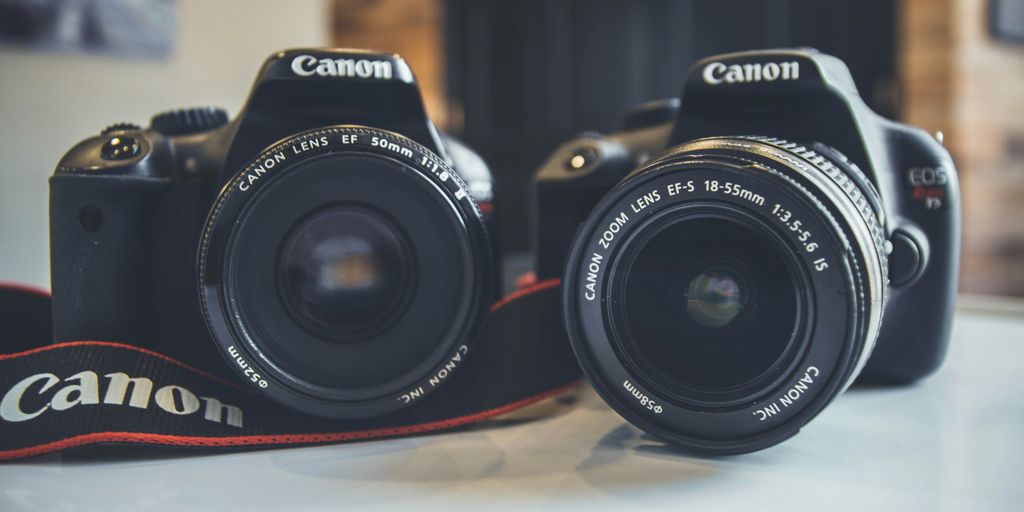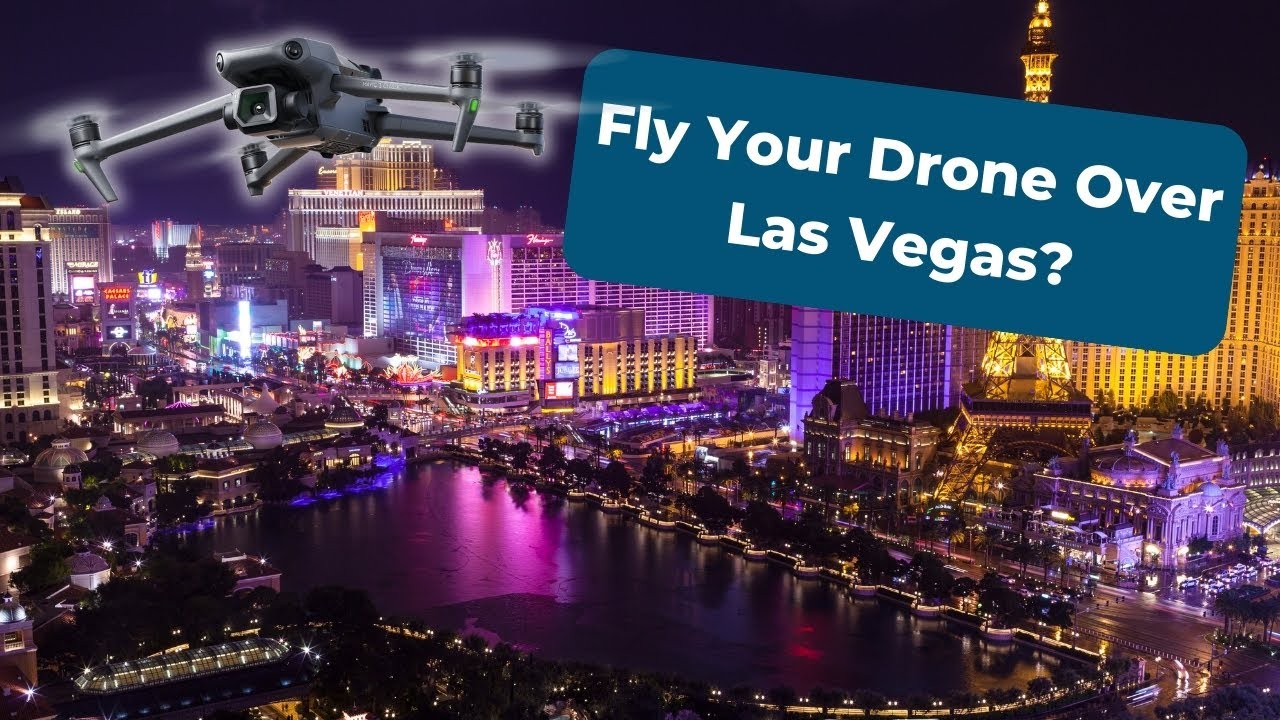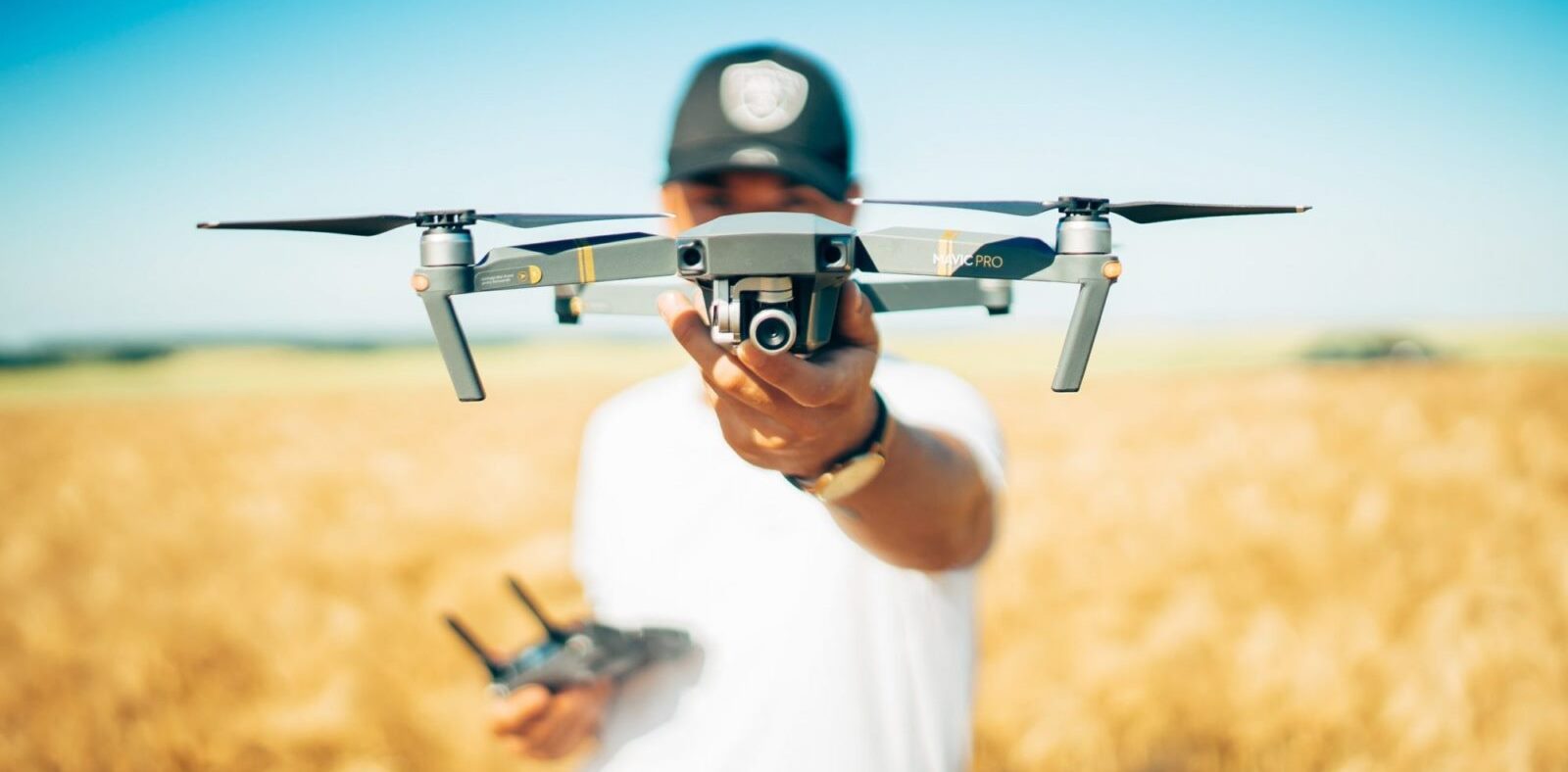
If you know the drone rules and regulations in the US, you can enjoy your UAV as much as you want.
Creating a drone safety plan is crucial to ensure the safe and responsible use of drones in all contexts. Below are some critical considerations for developing a comprehensive drone safety plan:
Introduction
Drones have become increasingly popular for both recreational and commercial purposes. They offer exciting opportunities for aerial photography, videography, and various other applications. However, it’s essential to prioritize safety when operating drones to prevent accidents and ensure compliance with regulations. In this article, we will discuss the importance of creating a drone safety plan and provide a step-by-step guide to help you develop a comprehensive program that promotes safe drone operations. Drone pre-flight planning process.
Importance of Drone Safety Plans
A drone safety plan is a structured approach to managing and mitigating risks associated with drone operations. It is a roadmap for safe and responsible drone usage, protecting people and property. By having a well-defined safety plan, drone operators can minimize the chances of accidents, avoid legal repercussions, and establish trust with the public.
Assessing Risks and Hazards
Before implementing a drone safety plan, it’s crucial to identify and assess potential risks and hazards. This involves understanding the local regulations governing drone operations and evaluating the specific environment in which the drone will be flown. Factors such as weather conditions, nearby structures, and the presence of people must be considered to determine potential risks and establish appropriate safety measures. Drone and Your Privacy
Establishing Safety Procedures
One of the critical elements of a drone safety plan is establishing safety procedures. These procedures include a pre-flight checklist that ensures all necessary equipment is in working order and the area is safe for flight. Regular maintenance and inspections should also be conducted to detect any issues with the drone that could compromise its safe operation. Additionally, emergency procedures should be defined to handle unexpected situations such as loss of control or mid-flight malfunctions. Key tips for Safe drone flights.
Training and Education
Proper training and education are essential for safe drone operations. Drone pilots should obtain the necessary certifications local authorities require, demonstrating their knowledge of flight regulations and safety practices. Primary flight training should cover essential maneuvers, emergency response techniques, and etiquette. Furthermore, safety awareness programs should be implemented to educate pilots and the general public about safe drone practices and potential hazards associated with them.
Establishing No-Fly Zones
Drone operators must be aware of and respect no-fly zones to ensure their safety and comply with relevant regulations. Restricted airspace areas, such as airports, military installations, and government facilities, must be strictly avoided to prevent collisions with human-crewed aircraft. Moreover, privacy concerns should be considered, and sensitive areas, such as private properties, should be respected to protect individuals’ rights and avoid legal consequences.
Insurance and Liability
Drone operators should consider obtaining appropriate insurance coverage for their drones to protect themselves from potential liabilities and financial risks. Drone insurance policies can provide coverage for damage to the drone itself, as well as for any third-party property damage or bodily injury that may occur during drone operations. It’s important to carefully review insurance policies and understand the coverage limits and exclusions to ensure adequate protection.
Liability considerations are also crucial when creating a drone safety plan. Operators should be aware of their responsibilities and potential legal consequences if their drone causes harm or damage to others. Understanding local regulations and liability laws can help operators mitigate risks and take necessary precautions to prevent accidents.
Data Security and Privacy
Drones often capture sensitive data, including aerial imagery and video footage. Protecting this data is vital to maintain privacy and security. Drone operators should implement measures to safeguard data from unauthorized access or breaches. This includes encryption, secure storage, and adherence to data protection regulations. Additionally, obtaining consent from individuals before capturing their data is essential to respect privacy rights and comply with applicable laws. Drone and Surveillance
Incident Reporting and Investigation
Proper reporting and investigation procedures should be followed in the event of an incident or accident involving a drone. Drone operators should have a system to report incidents to the relevant authorities, such as aviation or law enforcement agencies. This allows for a thorough investigation to determine the cause of the incident and implement corrective measures to prevent similar incidents in the future. Learning from incidents is crucial for continuous improvement and enhancing safety protocols.
Continuous Improvement and Updates
A drone safety plan should be a living document that evolves in response to changing regulations, technological advancements, and lessons learned from incidents. Regular review and assessment of the program are necessary to ensure its effectiveness. Operators should stay updated with new regulations and incorporate them into safety procedures. Embracing new technologies, such as software updates or hardware enhancements, can also improve safety standards and mitigate risks.
Conclusion
A comprehensive drone safety plan is essential for responsible and safe drone operations. By assessing risks, establishing safety procedures, providing training, and considering factors such as no-fly zones, insurance, data security, and incident reporting, operators can minimize risks and protect themselves and the public. Continuous improvement and staying updated with regulations and best practices are crucial to maintaining a high level of safety in the rapidly evolving field of drone technology.
FAQ
- What are the legal requirements for flying a drone? Flying a drone is subject to specific regulations that vary by country. Researching and complying with the local laws governing drone operations is essential. This may include obtaining certifications, registering the drone, and adhering to restrictions on flight altitude, no-fly zones, and privacy considerations.
- How can I protect my drone from crashes? Always conduct a pre-flight checklist to protect your drone from impacts and ensure all components are functioning correctly. Avoid flying in adverse weather conditions and maintain a safe distance from obstacles. Additionally, consider purchasing drone insurance to cover potential damages.
- What should I do if my drone goes out of control? If your drone goes out of control, try to regain control by following the manufacturer’s instructions for emergency procedures. If it cannot be safely controlled, try to land it in an open area away from people and property. Assess any damages and report the incident if necessary.
- Can I fly a drone in a national park? Drone regulations often prohibit flying in national parks to protect wildlife, visitors, and the environment. It’s essential to check the specific rules and obtain any required permits or authorizations before flying a drone in a national park.
- How can I ensure data security when using drones? To ensure data security when using drones, encrypt sensitive data, utilize secure storage systems, and implement robust access controls. Obtain consent from individuals before capturing their data and comply with relevant data protection regulations. Regularly update software and firmware to address any security vulnerabilities that may exist. By implementing these measures, you can enhance data security and protect the privacy of individuals. Now that you have a solid understanding of creating a drone safety plan, you can confidently embark on safe and responsible drone operations. Remember to assess risks, establish safety procedures, provide training, respect no-fly zones, consider insurance and liability, prioritize data security and privacy, and have incident reporting and investigation protocols in place. By continuously improving your safety plan and staying informed about regulations and best practices, you can enjoy the benefits of drone technology while ensuring the well-being of yourself, others, and the environment. Remember, developing a comprehensive drone safety plan is crucial to ensuring the safe and responsible operation of drones. By following the guidelines outlined in this article, you can enjoy the exciting opportunities that drones offer while prioritizing the safety of yourself and those around you.
Drone Safety Day is April 29th





Comments are closed.